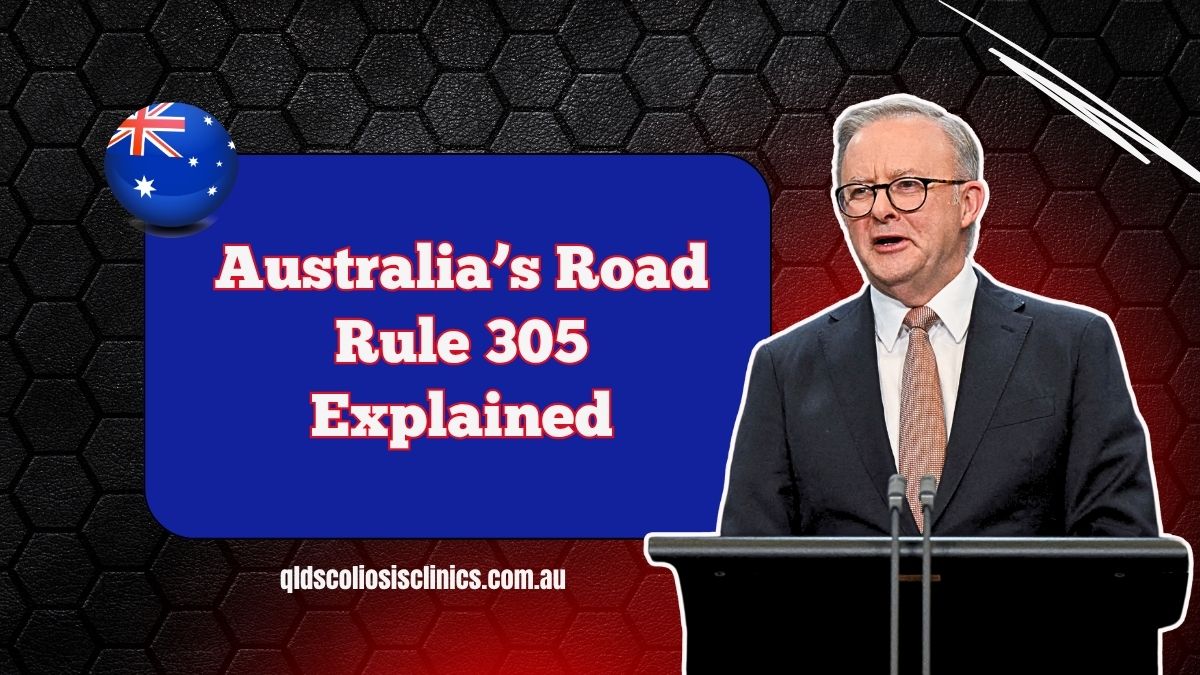Road Rule 305 is part of the Australian Road Rules and provides an exemption for drivers of police and emergency vehicles, allowing them to lawfully break certain traffic rules—such as exceeding the speed limit or running red lights—only while performing official duties and exercising due care.
Who Can Use This Exemption?
Exemptions apply to police, ambulance, fire, SES, and traffic authority vehicles. They must use blue/red/magenta lights or sirens unless safety considerations prevent it
Conditions & Limits of the Exemption
- Must be on official duty (e.g., responding to emergencies).
- Must take all reasonable care to drive safely.
- Exemption is not blanket cover—recklessness can trigger investigations or internal action.
Why the Focus in July 2025?
Although Road Rule 305 isn’t brand new, from June–July 2025, Australian states are escalating public awareness and enforcement:
- NSW, VIC, QLD: driver education programs and updated license materials.
- Increase in roadside compliance checks and higher penalties for non-compliance.
Related New Law: Passing Roadside Incident Vehicles
Separately, from July 1, 2025, in Victoria, drivers must now slow to 40 km/h when passing emergency, tow, breakdown or assistance vehicles on the roadside.
- Penalty: $346, max $961, with no demerit points.
Penalties for Misuse or Non‑Compliance
| Situation | Penalty (VIC example) | Demerit Points | Notes |
|---|---|---|---|
| Ignoring controlled direction from Rule 305 | On-the-spot fine | Varies | May include court summons |
| Passing roadside incident vehicle >40 km/h | $346 standard | 0 | Max $961 |
| Reckless use of exemption by emergency drivers | Internal discipline/site lawsuits | possible | Loss of privilege if misuse proven |
- On‑the‑spot fines and court hearings possible for civilian non‑compliance.
- Exempt drivers remain accountable under law for unsafe driving or misuse.
Real-World Examples
- Flood detours in QLD & Brisbane: drivers fined for ignoring temporary instructions, slowing emergency response.
- WestConnex (NSW): contractors legally enforcing lane changes under Rule 305 directives.
- Victoria survey: 83% of roadside workers reported near-misses weekly—prompting the 40 km/h rule.
How to Comply & Play Your Part
- Treat all live traffic directions (lights, signs, controllers) as mandatory.
- Slow down immediately when approaching controlled zones or incident areas.
- Verify authority by looking for hi‑vis uniforms, ID badges, and flashing lights.
- Stay informed: monitor state traffic updates, apps like Live Traffic NSW/VicRoads, and local transport websites.
Broader Importance
These rules aim to:
- Protect roadside personnel (emergency workers, tow crews).
- Improve emergency and traffic management efficiency.
- Support Australia’s goals for zero road fatalities by 2035.
Australia’s Road Rule 305 is crucial for keeping road workers and emergency personnel safe, especially from July 2025 onwards.
Remember: obey every live traffic instruction, slow down in controlled zones—even if signs differ—and understand that emergency vehicles are legally allowed to break some rules—but only responsibly.
Staying informed and respectful keeps roads safer for everyone.
FAQs
Does Rule 305 apply only to police?
No—any authorised emergency or traffic agency vehicle is covered during live operations.
What if a civilian driver ignores a proper instruction?
Ignoring or questioning live directions can result in fines, demerit points, or court attendance.
Are these rules uniform across Australia?
The core exemption applies nationally, but local variations exist—e.g., Victoria’s 40 km/h passing rule.




